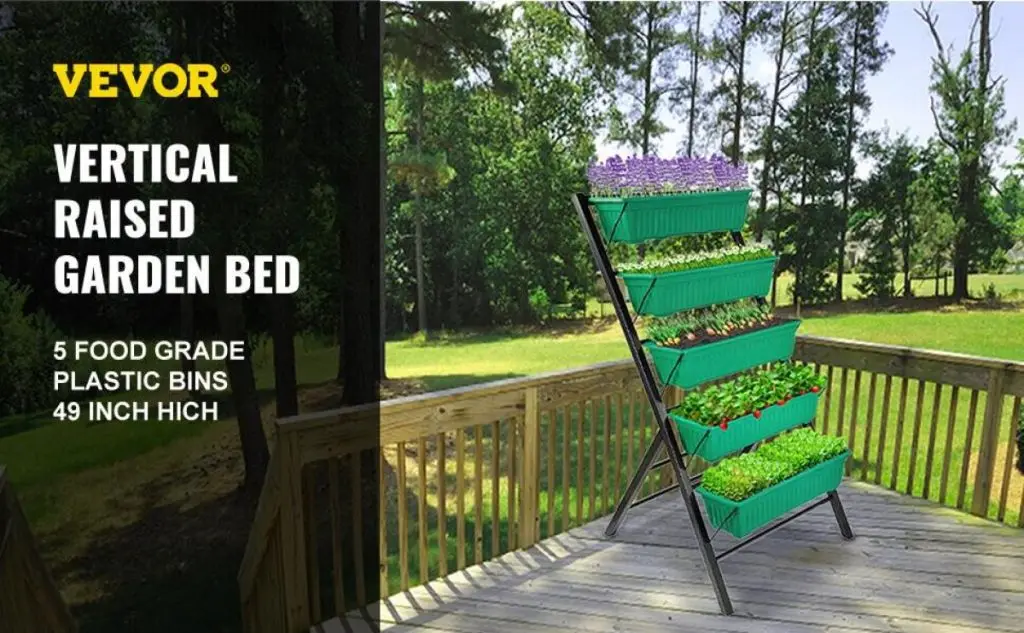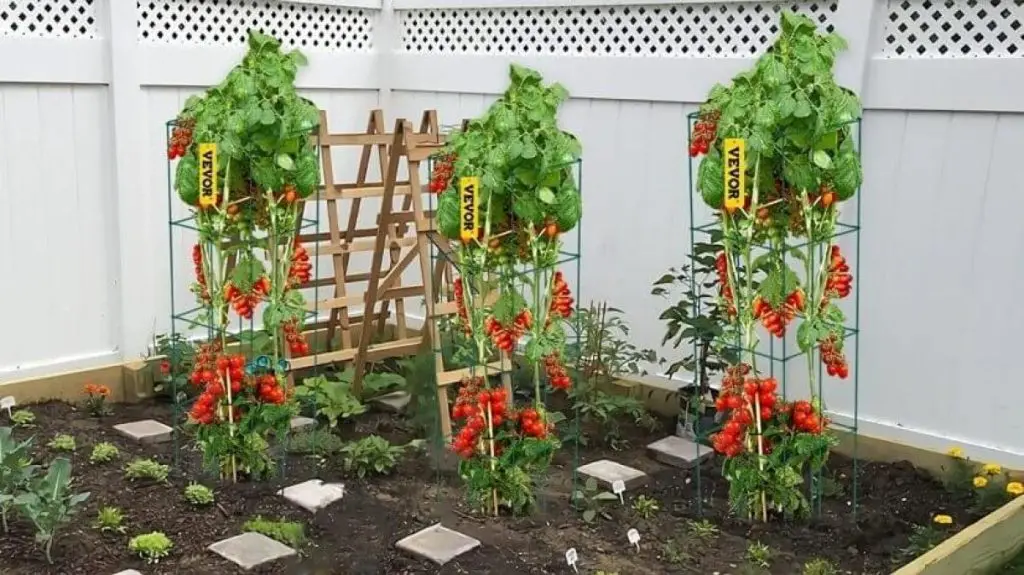The feeling of nature helping you elevate your mood is something everyone wants. The memories you made in gardens with friends and family alike must make you want a garden of your own. Well, one easy way to do that is with raised garden beds. So, what to grow in raised beds?
Plants in raised beds provide many advantages that simplify gardening. They enhance drainage, facilitate better soil control, and offer convenient access. This makes them invaluable to gardeners of all levels. You will know exactly what to plant in your raised garden beds.
When selecting an ideal option for your gardening experience, VEVOR includes all the above benefits and more. Their durability, effortless assembly process, and variety of sizes make the VEVOR raised garden beds an excellent choice for your personal green haven. Now, let’s get digging.
Table of contents
Understanding Your Growing Environment
Location, Location, Location
Before knowing what you can plant in a raised garden bed, let’s first discuss the location. One of the most important parts of designing your own garden is the location. Select a place that sees a lot of sunlight, and definitely at least six to eight hours of such sunshine per day and protected, on the other hand, from windy conditions.
Choose a warm, sunny spot for your plants—it will make them feel truly at home and strong.
Know Your Soil
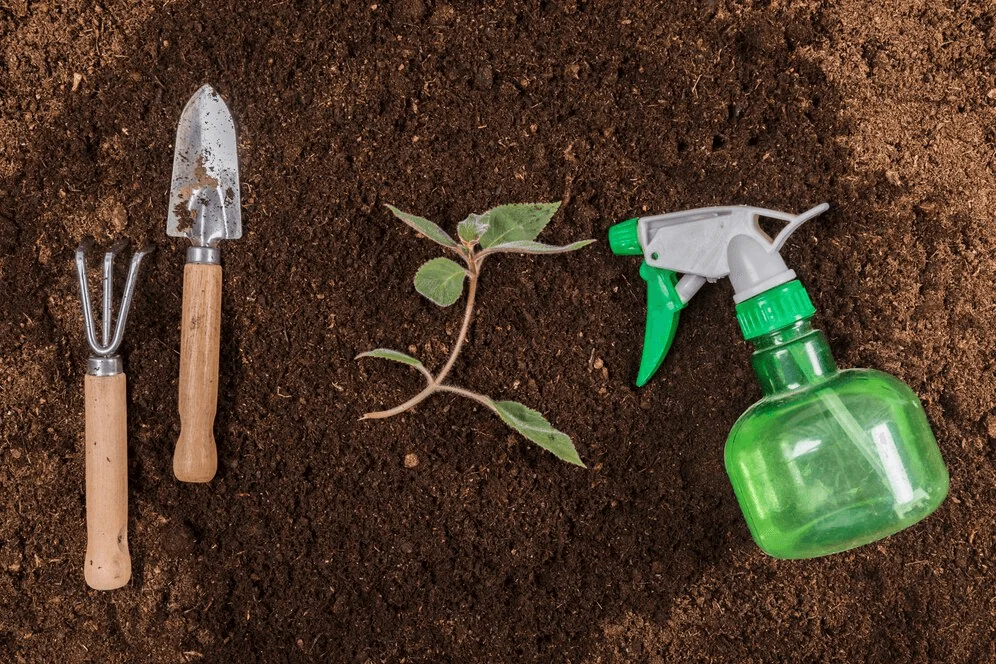
Next, we will explore soil, the life force that gives plants the sustenance they need to thrive. The soil quality you choose must be your number one concern as this is the vital force in your plants in raised beds.
Choose a potting mix with good drainage that is nutritious and rich in organic matter. So save the use of garden soil as it is too dense, and it causes draining problems. Considering the “right” soil mix will be the best guarantee for the long life of your plants.
Deciding What to Plant in Raised Garden Bed
It might be hard to figure out what to plant in a raised garden bed. But, do not worry, because we have a comprehensive guide with everything you need.
Vegetables for Vibrant Flavor
Vegetables for raised garden beds are a dream come true. They provide the perfect environment for growing a variety of tasty treats.
Leafy Greens
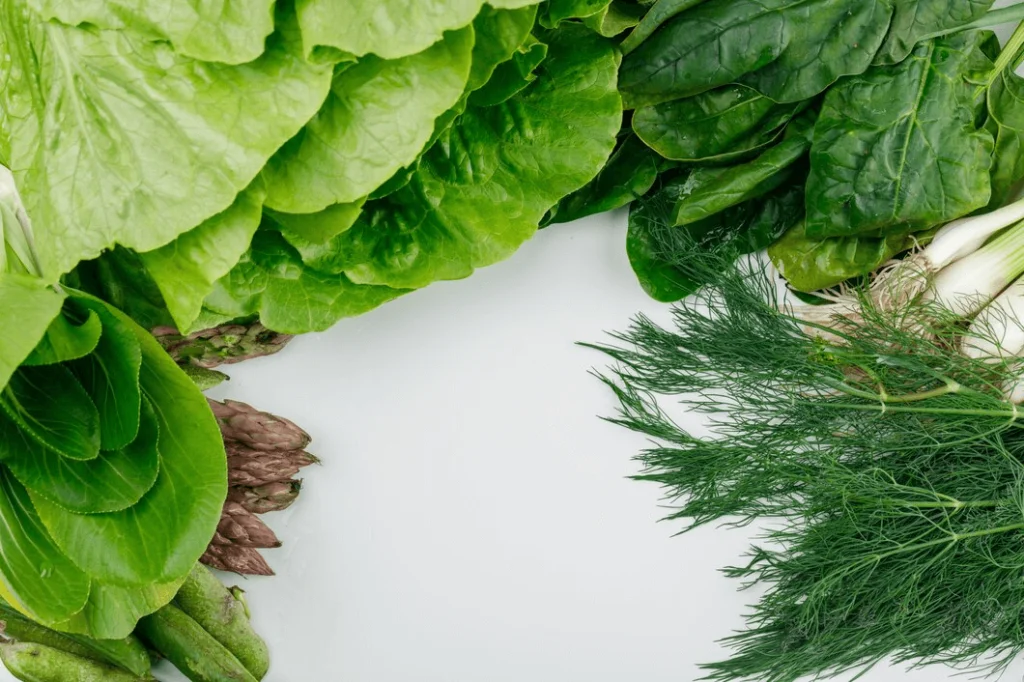
There are various vegetables to plant in a raised garden bed. Start with green leafy vegetables like lettuce, spinach, kale, and Swiss chard, as it is a good base for many salads. These quick-growing plants love raised beds and give high returns for the efforts you spend on them.
Root Vegetables
After that, think about planting root vegetables in general, for instance, carrots, beets, and radishes. The crops prefer loose, well-draining soil, which makes raised beds the ideal place for them.
Tomatoes, Peppers, & Eggplant
A raised bed for tomato plants is an amazing option. The example of warm-season staples such as tomatoes, peppers, and eggplant is the perfect illustration of the matchless properties of the raised garden bed.
These sun-loving plants perfect themselves by growing on top and stay with covering large areas.
Bonus! Herbs for Fresh Flavor
Don’t forget about herbs! The good news is that basil, oregano, rosemary, and thyme are all very hardy and relatively easy to grow. They’re an excellent addition to your cooking ventures and a perfect herb to infuse your culinary creations.
On the other hand, they are called readymade and effortless to take good care of when set in beds.
Flowers for a Burst of Color
Still confused about what to grow in a raised bed garden? Why should we think raised beds are just for vegetables? Add a colorful look to your garden with raised bed flowers of every color range you can think of. The colors are as great as they are easy on your hands while caring for them. Here are a few raised garden bed flower ideas for you.
Easy-Care Annuals
Among annuals, daisies, marigolds, and petunias are the ones that do not need much care, and they bring the color and looks of your garden to life. Just a few grooming touches, and you will be amazed at the continuous blooms that blossom throughout the season.
Fragrant Delights
When offering a sensory treat, choose fragrant flowers like lavender, rose, and jasmine. They are not only decorations in your garden but they also perfume the air with wonderful smells that calm the soul.
Considering Companion Planting
The idea behind companion planting is that it relies on combinations of plants that grow well together to promote their growth, and they function as a natural repellent for pests. Try growing marigolds as a natural nematode repellent in tomato gardens or plant basil intercropping between peppers to improve flavor and put some pests away.
Perennials in raised beds are also an example, as they help prevent soil erosion and outlive weeds. With the application of the companion planting strategy, you can get a healthy home for a variety of vegetables and flowers in your raised garden bed all by yourself.
So there you have it. A small inclusive list of what to plant in garden beds.
Planting Tips for Success: Your Garden Bed Awaits
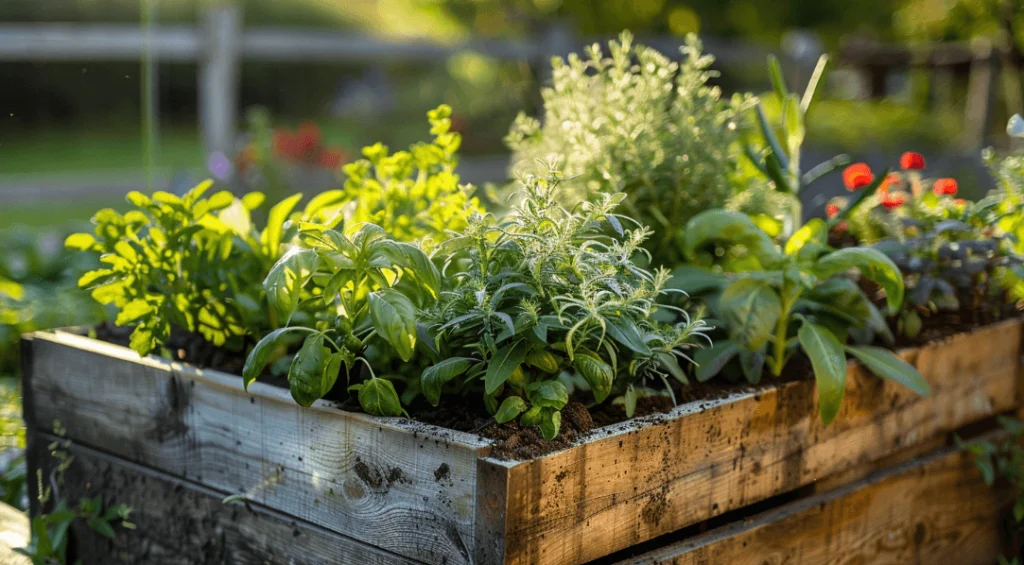
Preparing Your Raised Garden Bed for Planting
Before you start planting, take some time and prepare your plants for a raised garden bed. The fact of the matter is that our food choices and the ways in which we produce our food are detrimental to the environment.
Fill it with an appropriate mix of soil that will be friendly to your plants, maintaining good drainage and providing enough nutrients. If you have to, you can do the following: apply drainage holes on the bottom of the bed so that it will not be waterlogged.
Seeding & Transplanting: Bringing Your Garden to Life
When it comes to planting, you have two main options: direct planting or sowing seedlings in the nursery. Using the specific guidelines, allocate adequate spacing distance for each plant type ensuring a healthy and uninhibited development.
Whether you are seated or relaying transplant, do it with precaution to readiness for your delicate roots.
Nurturing Your Garden: Essential Care for Thriving Plants
Watering Wisely
Successful watering is probably the most important to favor your raised garden bed planting. Watering the plants regularly ensures that there is enough moisture to keep the soil moist at all times, but not swamp it.
Overwatering should be avoided, like underwatering, which can choke the plants and lead to their demise.
Weeding & Pest Control
Maintain the weed-free and pest-free plants in your raised bed to support all your planted crops to grow. Pull up weeds once in a while using your hand or a gardening tool to make sure you do not harm the shallow roots of your plants.
You can switch to an organic method of pest control such as companion planting, neem oil, or insecticidal soap to ensure that bugs don’t overrun and benefit other insects at the same time.
Fertilizing for Growth
To feed your plants with nutrients sufficient for their growth and development, fertilize your raised garden bed regularly by using a well-balanced fertilizer. Find a fertilizer that is right for your plant’s needs and your soil type, and follow the application instructions carefully.
Through the provision of soil with the minerals that it lacks, you will promote vigorous growth of your plants, with the ultimate result of healthy and bountiful harvests.
Harvesting Your Bounty: Enjoying the Fruits (and Vegetables) of Your Labor

Recognizing When Your Produce is Ready to Harvest
In conducting your harvest, getting the proper time is critical if you want to be sure that you are utilizing the growing season to the maximum. It makes no difference whether you are harvesting carrots or fruit.
As regards the harvest time, it is worth noting that it is different for different types of vegetables. Further, you should be able to know when some plants are ripe by seeing their color, size, and texture.
Extending Your Harvest Season
If you are interested in having better quality production or the harvest lasts longer, you can plan the fall crops for your raised garden bed. Better options, including mesclun, spinach, or kale, can be freshly sown to face the onset of falling temperatures, which means you can keep indulging yourself with your favorite dinner for some more time.
One way to get the most out of your plants for a raised garden bed is to strategically choose your fall crops. This will ensure that you are making the best use of a raised bed and that you can provide even more delicious fruits.
Now you got it: this is how field plans you should stick to when starting the VEVOR-grown garden Bed! With the right knowledge and some tender care, you will set yourself on a trajectory of an eye-pleasing garden bursting with vegetables, blossoms, and healthy harvests.
Conclusion: Cultivating a Thriving Garden with Your Raised Bed
In conclusion, your VEVOR raised garden bed brings life and positivity to your heart by being a dynamic field of dreams on which you grow your plants. Make certain plants for your raised garden beds, and give them suitable care: you will then develop your own ‘fresh from the garden’ produce and beautiful flowers right in your backyard. Now you know what to grow in raised garden beds.
As a novice, commence your exciting gardening journey today with VEVOR and witness your outdoor area reaching the summits of natural and practical colors! Hurry and get yourself a VEVOR-raised garden bed before you lose the chance to relish in the amazement of home gardening.



